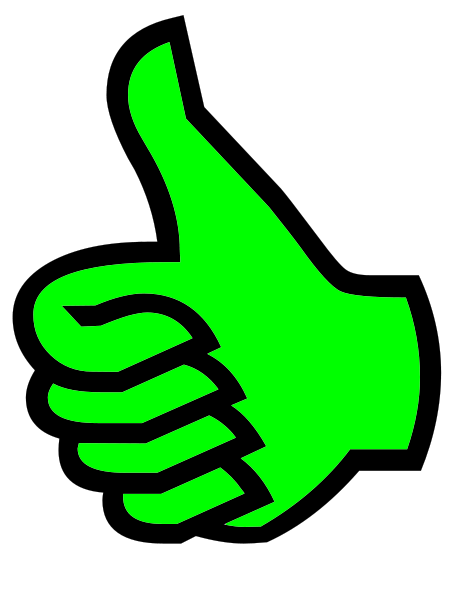Accomplishment List
Do you ever have those days where you do not get anything done? Those days when your “to-do” list is long and the demands of the job, the boss, the staff, the company, and the family just get in the way of getting everything on your list accomplished?
Why do you have a list? Is it something that helps? Is it something that an article you read in a magazine or blog said you should do? Did someone coach you to do it?
How stressed out are you from it? How much does it taunt and tease you?
So you are busy. Are you effective?
Feel free to reject the idea that I am about to present to you. The “to-do” list may work just fine for you, and you may not need any more help. But I think that if you at least consider what I'm about to say you may experience less stress and more progress. What do you have to lose?
 Hold out your hand. How many fingers are there? Five? Wrong. You do have five digits, or phalanges… but you really have only four fingers and one thumb. Think of your list; how many items are on it? If there are more than five, you have too much on your list to be effective.
Hold out your hand. How many fingers are there? Five? Wrong. You do have five digits, or phalanges… but you really have only four fingers and one thumb. Think of your list; how many items are on it? If there are more than five, you have too much on your list to be effective.
Don’t make a “to-do” list of tasks; that is too tactical, too execution-focused. Think about the outcomes you are aiming for. Outcomes have value; tasks are nothing more than just that—tasks. I can get excited about outcomes. I don’t get excited about tasks. How exciting is a list of tasks?
Your list should contain everything of substance you want to accomplish in a short time frame—at least a week but no longer than a month. These are accomplishments, not tasks.
The accomplishments must be sufficient to help you make progress in the direction of your ultimate goal. (What is the ultimate goal is the topic of another article.) What is sufficient? You must decide. A good benchmark is to ask the question, “Will I be proud to say to my wife, boss, or co-workers that I got this done?” If you can say "yes" to that question, then the accomplishment is important enough to go on the list.
Now, more on the limit and the “four and one” concept. Keep your accomplishment list to five items—the number of digits on a single hand. The one that you want to get done the most, is at the top of the list. It is #1. That is the thumb, as in “thumbs up” for the most important.
Now list the major actions that you must take to make the accomplishment reality. There should be no more than three to five. These are actions you must take. Some actions involve getting others to take action—but you must take the action to assign the work and follow up. Consider each accomplishment and list those action items.
Now you make those action items happen. They should be easy, and they move you forward. Track what you do and when it gets done. You will start to feel momentum building.
Every day, at the end of the day, do a failure analysis. Ask these critical questions:
- “Why did this not get movement?”
- “What did I not do?”
- “When will I have time to focus on the next task for this accomplishment?”
Define the why, the what, and the when, and resolve to address those failures the next day.
When you get something on the list accomplished, cross it out and have a celebration. Call someone and share the victory. Have a coffee, or reward yourself with something because you made that victory happen. But make sure you celebrate.
Then add a new item to the list, for the list always has five items. Like the phalanges on your hand.


